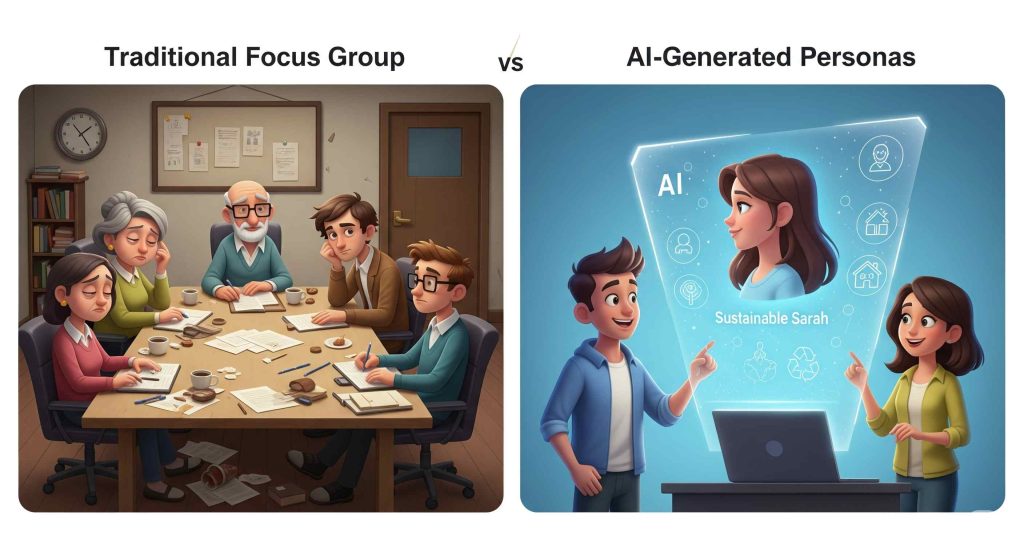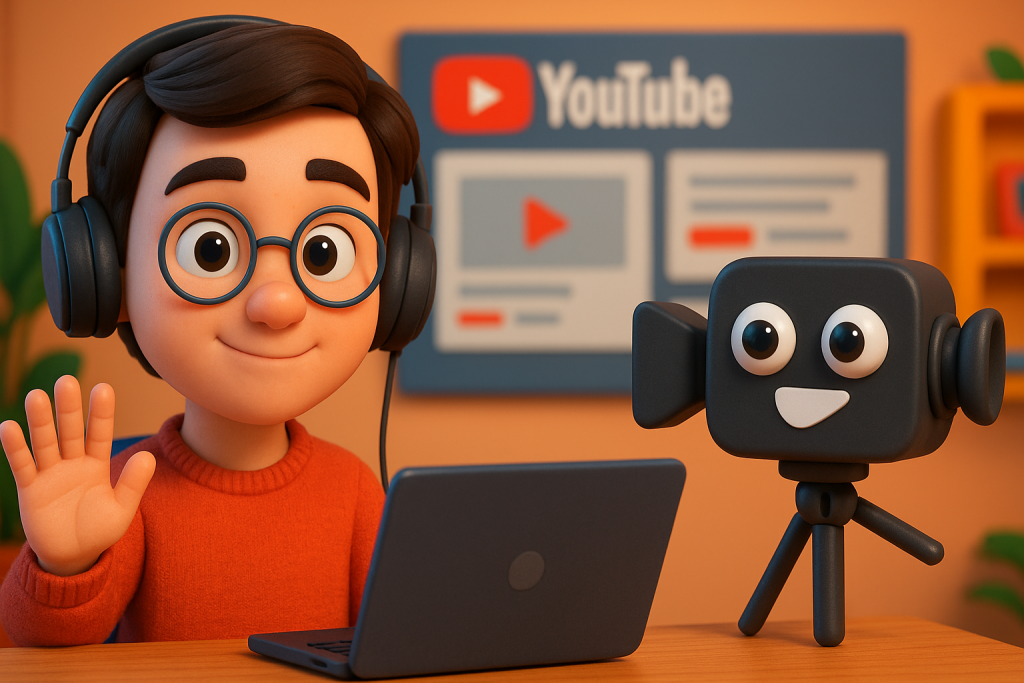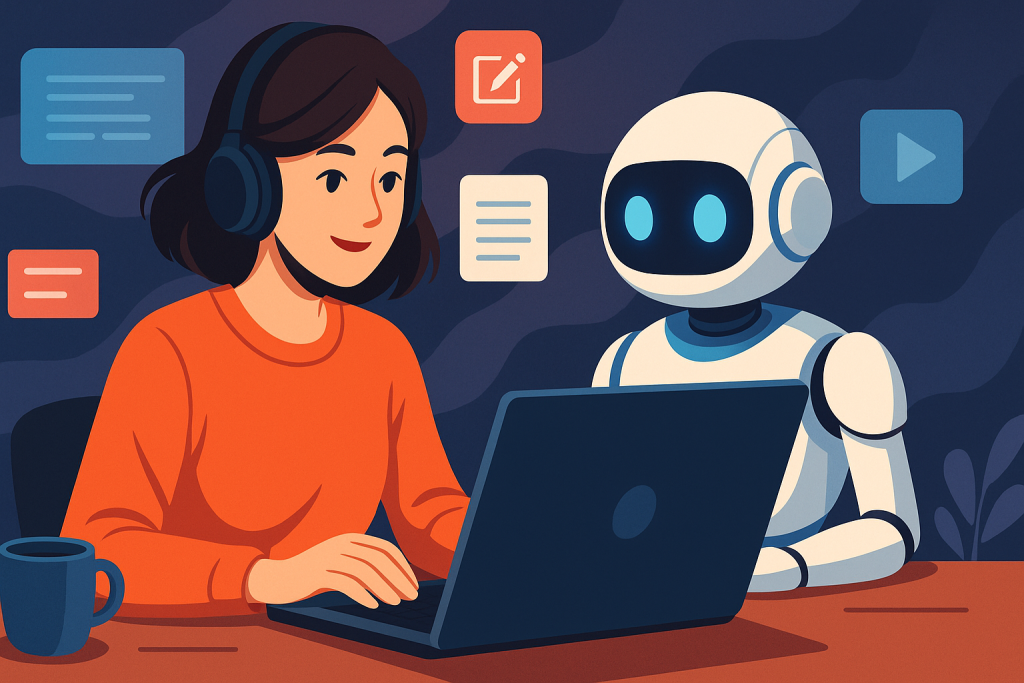Tired of Traditional Market Research?
Old-school market research can be slow, costly, and stressful. Finding the right people to talk to, convincing them to join focus groups, and waiting weeks for results — it’s a lot. But what if you could understand your customers better without all that hassle? Thanks to AI, now you can.
AI Is Changing the Game
Researchers from Columbia, Berkeley, and Alberta universities asked a bold question: Can AI understand human preferences just as well as people? Turns out, it can — and often does.
They used tools like ChatGPT to answer simple and complex questions, just like a real person would. Then they compared those answers with responses from actual people.
Here’s what they found:
- AI’s answers matched real human responses over 75% of the time.
- When tested against real-world car trade-in data, AI’s insights lined up almost perfectly — again, 75% accuracy.
Real Example: EcoHome’s Smart Move
EcoHome Innovations, a startup creating smart thermostats for eco-conscious buyers, was stuck. Their ideal customer — let’s call her Sustainable Sarah — was hard to reach. She was a busy professional who cared about energy saving, but she didn’t have time for focus groups.
Hiring a research firm would have cost them over ₹12 lakh and taken weeks.
Instead, EcoHome created a detailed AI version of Sarah. This included her age, lifestyle, income, values, and online habits. They then asked this AI “Sarah” questions about what she’d want in a product.
Here’s what they learned:
- She cared most about saving energy and easy setup.
- She didn’t trust marketing fluff and wanted proof the product worked.
What they did:
- Focused on showing real energy savings.
- Simplified installation to under 15 minutes.
- Changed their website from “sleek design” to “save 25% on your bills.”
Result:
- Sales jumped 30% higher than expected.
- Saved over ₹8 lakh in research costs.
- Got their product launched much faster.
How to Leverage AI for Your Customer Insights: Be a Digital Detective!
So, how can you put this cutting-edge research to work for your business today?
1. Create Your AI Doppelganger: The key is to “prime” the AI. Think of it as creating a digital twin of your ideal customer segment. Feed a tool like ChatGPT (or other advanced LLMs like Google Gemini, Anthropic Claude, etc.) all the information you have about a specific customer segment:
- Demographics: Age, gender, income, location, education.
- Psychographics: Interests, values, lifestyle, personality traits.
- Behavioral Data: Typical social media posts, common online activities, messages they’ve sent your company, past purchasing behavior, even their preferred communication channels.
- Pain Points & Goals: What challenges do they face? What aspirations do they have?
 Example Prompting (for a SaaS product for small business owners):
Example Prompting (for a SaaS product for small business owners):
“You are a 45-year-old small business owner in a suburban area, running a local bakery with 5 employees. You’re tech-savvy but time-poor. Your main goals are to streamline operations and grow your customer base without significant overhead. You’re frustrated by complex software that requires a steep learning curve. You read industry blogs and follow local business influencers on LinkedIn. Your daily routine involves early mornings at the bakery, managing staff, and trying to handle marketing in your ‘spare’ time. What are your biggest challenges in adopting new software solutions?”
2. Grill Your AI Persona: Once your AI “doppelganger” is set, you can “interview” it all you want about its goals, wants, needs, pain points, and even its objections to your product or service. This is like having an infinitely patient focus group member on demand!
Potential Questions to Ask Your AI Persona:
- “What do you look for in [product category]?”
- “What are your biggest frustrations with current [product/service] options?”
- “If you had a magic wand, what would you wish for in a [product/service]?”
- “What are your top three criteria when making a purchasing decision for [X]?”
- “How do you feel about [specific feature/pricing model]?”
- “What would make you switch from your current [competitor]?”
3. Explore Specialized Tools: While general LLMs are powerful, the market is quickly developing specialized tools custom-built for this kind of research. Look out for platforms like Crowdwave.ai (as mentioned in the original article) and others emerging in the “synthetic data” or “AI persona” space. These tools often come with built-in features for creating and querying AI-driven personas, potentially offering more structured and scalable solutions.
 Why This Matters
Why This Matters
EcoHome isn’t alone. Many companies are using AI like this now:
- The AI in marketing industry is expected to grow to ₹3.5 lakh crore by 2028.
- Businesses report cutting research costs by 30-50%.
- AI lets you learn from people you normally couldn’t reach — like doctors, CEOs, or people living in remote areas.
What You Can Do Now
Start Simple:
Feed an AI tool like ChatGPT or Gemini all you know about your customers. Include age, interests, buying habits — anything useful.
Ask the Right Questions:
Once it’s “trained,” ask the AI what matters most to your audience. What would stop them from buying? What do they care about?
Use the Right Tools:
Besides ChatGPT, check out tools like:
- Claude by Anthropic
- Crowdwave.ai for customer simulation
- Jasper for marketing content
Don’t Skip Validation:
Use AI to get quick answers — but confirm them. Try small human surveys or A/B tests to double-check.
| Metric | Match Percentage | Significance |
| AI vs. Human Responses (Car Brands) | > 75% | High accuracy in replicating opinions |
| AI/Human Responses vs. Trade-in Data | up to 75% | Strong correlation with real market behavior |
The Future: Teamwork Between You and AI
Experts say AI isn’t perfect — especially with new, untested ideas. But it’s a strong support system. Think of it as your research assistant. You make the big calls, AI helps you get there faster.
Final Thoughts
You don’t need to choose between old and new. Mix human insight with AI’s speed to understand your customers better. You’ll save money, get faster results, and make smarter decisions.
The future of market research isn’t coming — it’s already here. Start experimenting and stay ahead of the curve.



